(989 products available)
































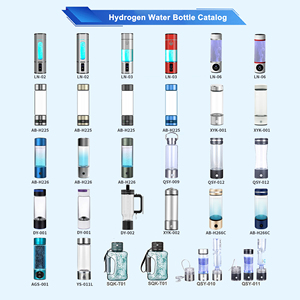







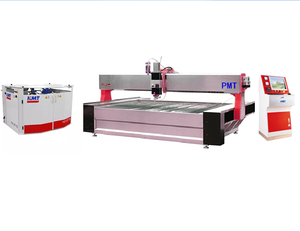







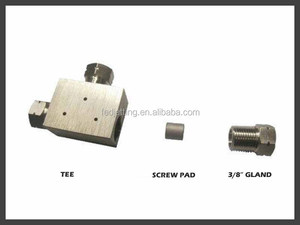













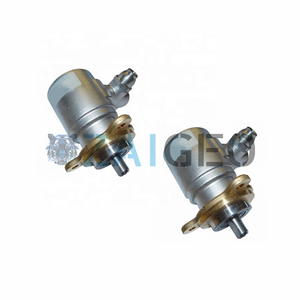





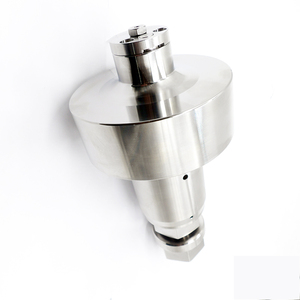
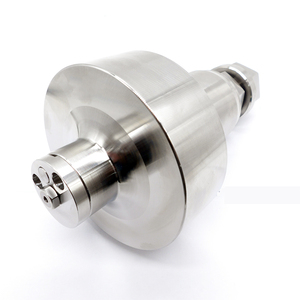
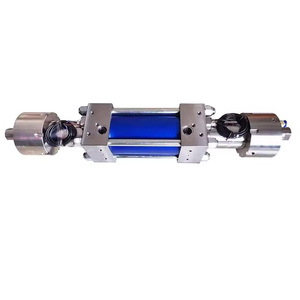



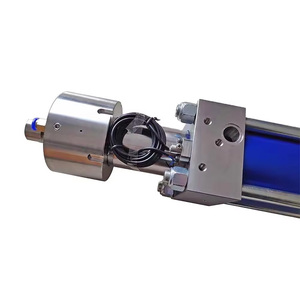





























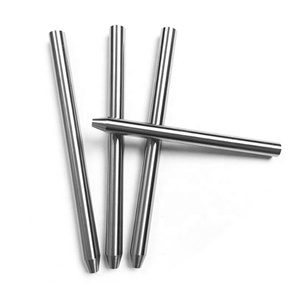


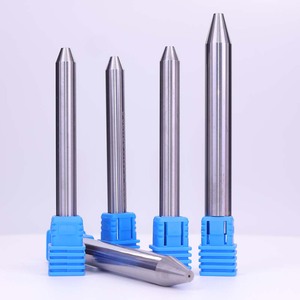
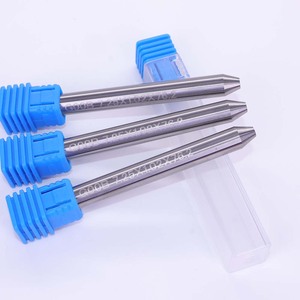























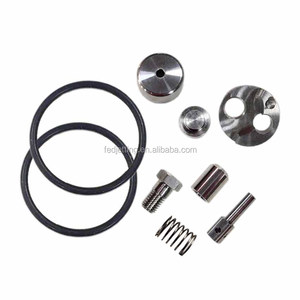



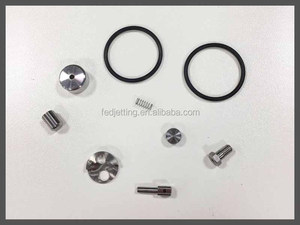


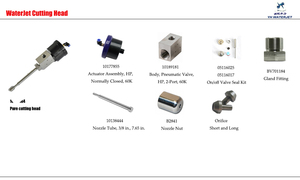

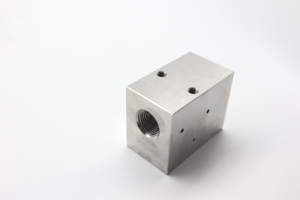

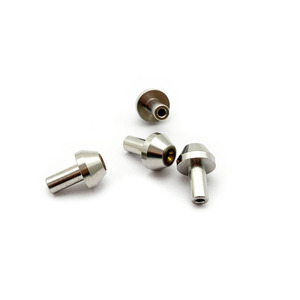






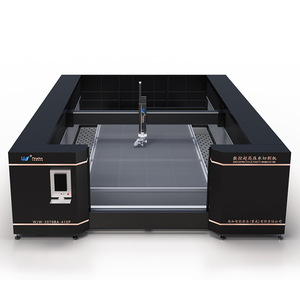
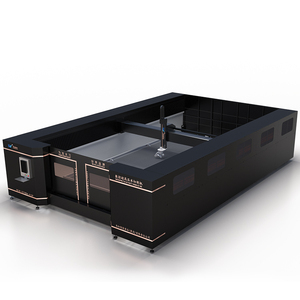






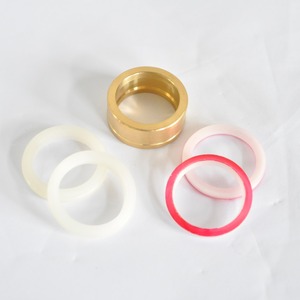















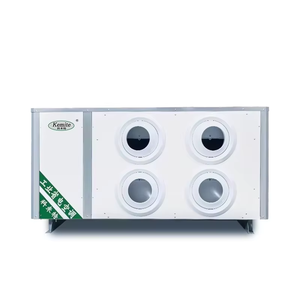











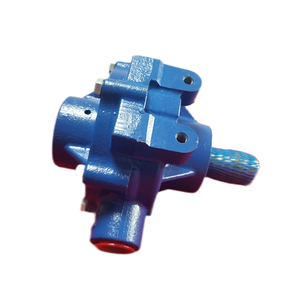





An effective tool called the water jet pump can use various types of water to cut through different types of materials. The below types of KMT water jet pumps are:
Direct Drive Pumps
A direct-drive water jet pump is an integral part of the cutting system. It is a device that efficiently and directly boosts the pressure of water used in high-pressure water jet cutting applications. This pump type drives the pressurization mechanism via a motor that is directly coupled to the pump. This means that the motor and pump share a common shaft, allowing for a direct transfer of power and driving the pump to increase the water pressure. Direct drive pumps function efficiently to ensure a consistent and reliable water pressure output necessary for the precise and effective cutting of various materials using water jet technology.
Hyper Jet Pumps
A hyper jet pump is a cutting-edge technology that increases the pressure of water used in water jet cutting. These pumps are designed to give an exceptionally high level of water pressure. This high pressure is what provides the water jet cutting its strength and effectiveness, allowing it to cut through a broad range of materials precisely and efficiently. Hyper jet pumps are distinguished for their ability to deliver extremely high-pressure water streams essential for the efficient operation of water jet cutting machines. These pumps contribute to the versatility and precision of water jet cutting, making it suitable for various industrial applications.
Intensifier Pumps
An intensifier pump is a specific kind of high-pressure pump that increases the pressure of water used in water jet cutting. These pumps operate by transforming mechanical energy into hydraulic energy, raising the pressure of the water in the process. This high-pressure water is then used as the driving force behind water jet cutting machines. Intensifier pumps are critical components that supply the very high-pressure water jets necessary for the effective and precise cutting of diverse materials with water jet technology. They offer a fundamental service by raising the water pressure to levels that make water jet cutting possible, highlighting the essentialism of intensifier pumps in the function and operation of water jet cutting machines.
The following are the specifications of KMT water jet pumps:
Flow Rate
KMT's water jet pumps offer a variety of flow rates, which are measured in gallons per minute (GPM) or liters per minute (LPM). The flow rate ranges from approximately 1.5 GPM to 10 GPM, depending on the specific model and configuration of the pump. For example, the KMT Streamline SL-V 50-150 model jet pump can provide a flow rate of 2-4 GPM, while the KMT Streamline SL-V 100-200 model can provide a flow rate of 4-7 GPM. The KMT Streamline SL-U 100-200 model can provide a flow rate of up to 10 GPM. The bypass valve setting, feeding height, and other factors can also affect the flow rate.
Pressure
The pressure of KMT water jet pumps is measured in thousands of psi (pounds per square inch) and is available in various models. Some common pressures are 60, 90, and 150 horsepower. For instance, KMT's high-pressure water jet pump pressure can reach up to 94,000 psi. The pressure determines the cutting ability of the pump, with higher pressure generating superior cutting power. A higher volume efficiency of the pump means more water could be converted into high-pressure water for cutting.
Horsepower
KMT water jet pumps are available in particular horsepower ratings, which determine the energy output of the pump. Some typical ratings are 60, 90, and 150 horsepower. For example, the KMT Streamline SL-60 B-11 jet pump has a rating of 60 horsepower, while the KMT Streamline SL-150 B-11 jet pump has a horsepower rating of 150. Additionally, the KMT Jet Switch can convert an existing KMT jet pump system to run on 90 horsepower.
Maintaining KMT water
The maintenance schedule of KMT water includes an annual inspection and quarterly visual inspections.
Quarterly visual inspections
Every three months, perform a brief but thorough inspection of the pump and its drive system. Take a walk-around look at the jet pump to appreciate its configuration and note any unusual observations. Then, open the pump enclosure and carefully inspect the entire system. Look for any signs of damage to critical components like belts, couplings, and alignment. Check all fasteners to see if they are still torqued to specs and look for any leaks or areas of contact. Examine the jet driver and its cable rigging to ensure there are no frayed or worn areas and that it remains securely fastened. A quarterly inspection schedule can help identify issues early before they can lead to significant business-disrupting leaks or pump failures.
Annual inspections
The annual inspection is a more detailed examination where KMT service professionals check various system components. They check the condition and tension of drive belts and adjust them as necessary. Couplings are observed and aligned properly. Fasteners are inspected and retorqued to specifications. Regular belt inspection and adjustment allow them to work efficiently without putting extra strain on the top jet pump driver. In addition to this, during annual inspections, the technician examines all electrical connections and terminal blocks. They also clean the cooling system and water filtration system as required.
The scenario application of the KMT water is extensive in various areas, especially in construction. In the latest reports, the waterjet industry market trend forecast shows the construction sector will significantly boost the growth of the industry caliber. This is because the waterjets are vital when cutting enormous and difficult-to-cut materials in building tasks.
To choose the KMT water jet cutting machine that meets the business's needs, buyers should consider the following:
Jet type and head:
Buyers should choose the appropriate jet type to fulfill their business cutting needs. They should consider the number of cutting heads required for their application and select a machine with an adjustable head for versatile cutting options.
Machine size and workspace:
Buyers should ensure that the machine's size is suited for their workspace and is capable of handling the materials they work with.
Water system:
Buyers should invest in an optimal water management system to ensure efficient operation and minimal downtime.
Control system:
Buyers should select a machine with an easy-to-use control system that suits the skill level of their operators.
Power and performance:
Buyers should choose a machine with an appropriate power level to meet their cutting speed and efficiency requirements.
Material compatibility:
Buyers should ensure that the selected machine is compatible with the materials they cut daily, including metal alloys, ceramics, and plastics.
Maintenance and support:
Buyers should select a supplier that offers comprehensive maintenance services and reliable technical support to ensure the long-term success of their investment.
Q1: What is KMT Waterjet?
A1: KMT Waterjet is a division of KMT Waterjet Systems, which offers products and services for the water jet cutting industry.
Q2: Why do people use water jets cutting?
A2: Water jet cutting is a method that uses a high-pressure jet of water, or a mixture of water and abrasives, to cut different types of materials. It is also an efficient and precise method of cutting that can be applied to many fields. Its advantages include: No heat effect; If cut, it preserves the material. It makes water jet cutting an ideal option for delicate or valuable materials. Multifunction; Water jet cutting can cut various materials. It is also usable for cutting complicated forms and thick materials. Water jet cutting is also an excellent method for intricate cutting, rapid prototyping, and thin material cutting. Environmental friendliness; Water jet cutting does not produce waste or fumes. It also offers the benefit of cooling to lessen damage to the material. Supports automation; Water jet cutting allows for automation and can be easily integrated into a production line. High-pressure water cutting jets are suitable for high-precision and high-efficiency cutting, mainly used for the automotive industry, aircraft manufacturing, shipbuilding, mold industry, metal processing, stone processing, etc. Easy to use; Water jet cutting is easy to use. It can cut various types of materials without requiring the use of tools or blades that wear out. It also makes it an easy maintenance option.
Q3: Do water jets cut everything?
A3: An affordable and adaptable technology, water jet cutting can be used in everything from automotive repair to medical equipment manufacturing. Domestic appliance manufacturers use water jets to help make parts for refrigerators, washing machines, ovens and microwaves. Water jet cutters efficiently cut thin and lightweight sheets of glass used in the solar panel and architectural industries without creating heat-affected zones, ensuring precision cutting. The low-cost and high-accuracy design of water jet machines also makes them ideal for quickly cutting ceramic tiles and mirrors and complex patterns and quickly cutting lines. The accuracy of water jets is instrumental in quickly cutting leather and textiles, especially for the fashion and automotive industries. Water jets cutting eliminates the need for traditional cutting methods, such as knives and blades, which wear out quickly and need to be replaced.